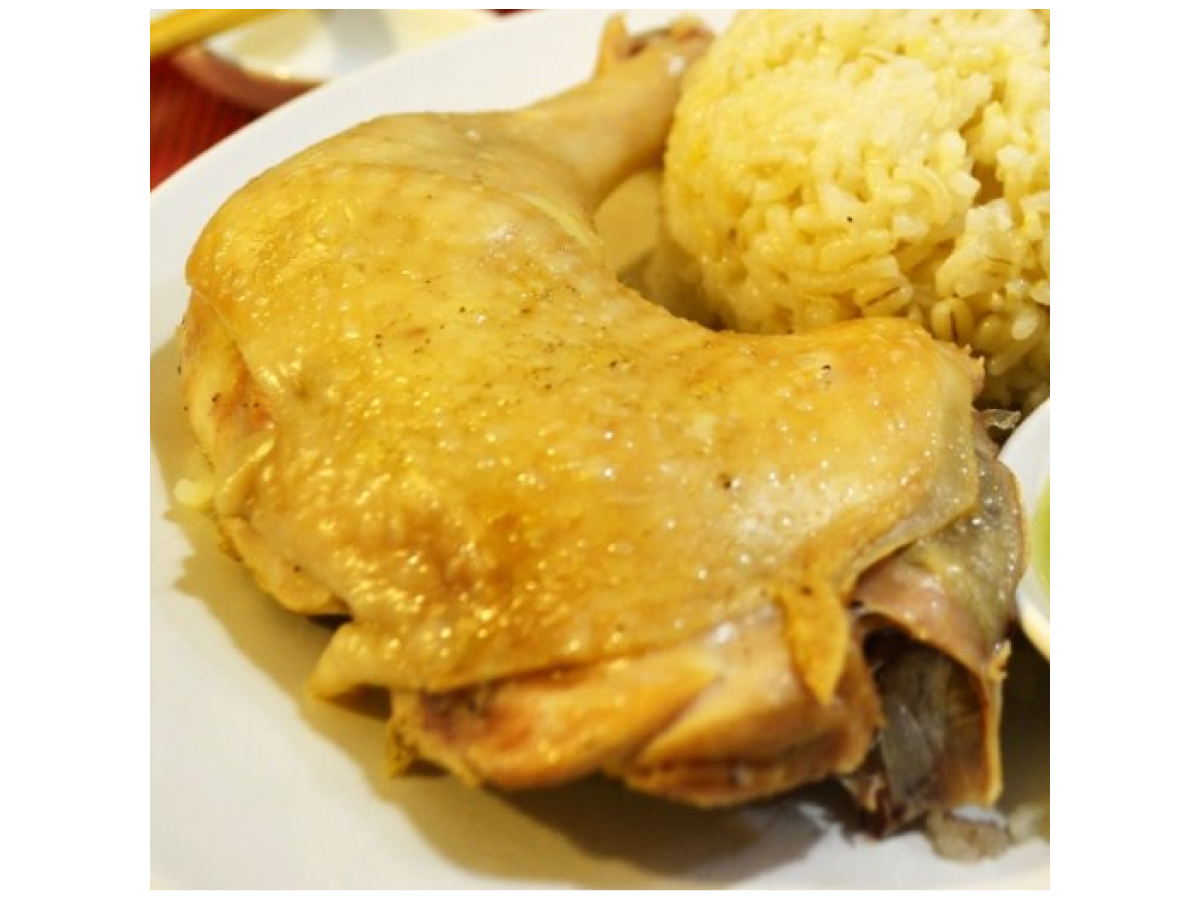Cook’s Guide To: Chicken

Chicken is undeniably the most consumed form of poultry in the world. More than 50 billion chickens are reared annually for both their meat and eggs, but not all chickens sold in the market today are the same. Consumers are increasingly spoilt for choice as there are substantially more varieties of chickens available. Let’s take a look at some of the varieties.
Common types of chicken:
Most chickens are reared for 50 to 60 days using intensive farming methods, which means that they are typically kept in cages and fed with medication to boost their health and prevent diseases from spreading rapidly. This farming method is extremely effective and gives the farmers the highest yield, and consumers, lower prices. However, because of the lack of exercise and muscle-development, these chickens tend to be the least flavourful though the meat is tender. Spring chickens, which are generally younger and smaller, also fall into this group. This is a good choice for everyday use in soups, stews and curries.
Organic chickens:
These chickens are fed a strict diet of organic-certified feed and must be free-range. They also cannot be given any form of drugs or stimulants that encourages growth. An average organic chicken have a typical lifespan twice of the average common chicken and are allowed to roam freely to develop their muscles, which almost guarantees the quality of the bird. This explain why an average organic chicken is almost three times more expensive than the average chicken. Organic chickens can be found in Cold Storage and Swiss Butchery outlets.
Antibiotics and growth hormone-free chickens:
These types of chickens are more recently introduced in the market. The empress chicken (available in Cold Storage outlets and Meidi-Ya) and the sakura chicken (available in NTUC outlets) are slightly more expensive than the average chicken. They are free from antibiotics, hormone stimulants and are free-range as well. They are also extremely tasty and definitely worth a try for their price. These chickens are best boiled, steam or roasted.
Kampong chickens
These chickens are reared for at least 80 days and in an enclosed space where they develop muscles. Do not be fooled into thinking that the kampong chicken is definitely free-range. Most are actually reared in rows of cages using the kampong breed of chickens. The “real” kampong chicken will cost at least $15 per bird and are less fatty with firmer meat. The popular kampong chicken rice is one dish in which the flavour of the meat can be appreciated.
How to choose a good chicken?
A fresh chicken should look plump and rosy. If the chicken is wrapped in a bag, check the package carefully and make sure there is not too much blood in it and the flesh is not bruised or torn. Make sure the skin is intact as this will flavour and protect the meat during cooking.
How to store?
Fresh chicken will keep for up to 3 days. Take the chicken out of the bag, rinse and dry it thoroughly before storing it in the refrigerator. After use, wash the boards and knives thoroughly. Make sure the raw chicken does not come into contact with other food as there could be the risk of bacteria contamination. Supermarkets also sell frozen chicken that is defrosted for consumers’ convenience. Do not re-freeze these chickens.
Tip: You can keep the bones of cooked chicken and freeze them. After consolidating about 2-3kg worth, you can make a very good chicken stock by boiling the bones with vegetables like carrots, onions, celery and garlic for a couple of hours. This stock can be frozen for about 2 months.




